Flow Control Systems
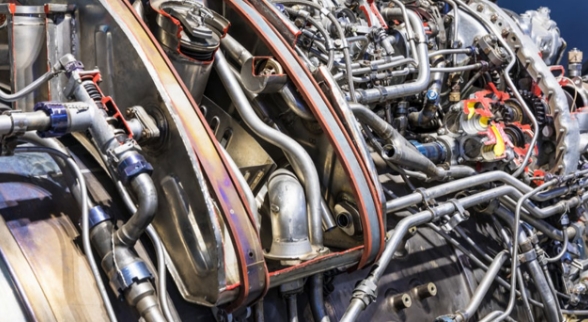
Airplane air conditioning systems include a wide variety of valves and their actuators and controls that govern pressure, temperature, and flow of bleed and ram air, as well as liquids that may form part of the loop.
Flow Control
Airplane air conditioning systems include a wide variety of valves and their actuators and controls that govern pressure, temperature, and flow of bleed and ram air, as well as liquids that may form part of the loop. The valves may be actuated pneumatically, electrically, or hydraulically, and the controls may be pneumatic, electronic, or electro-pneumatic.
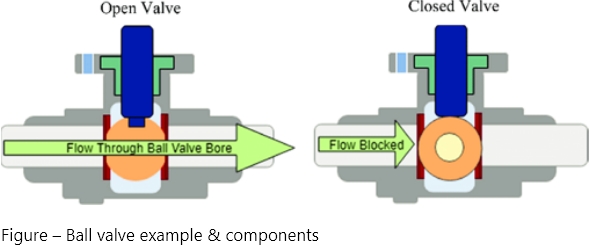
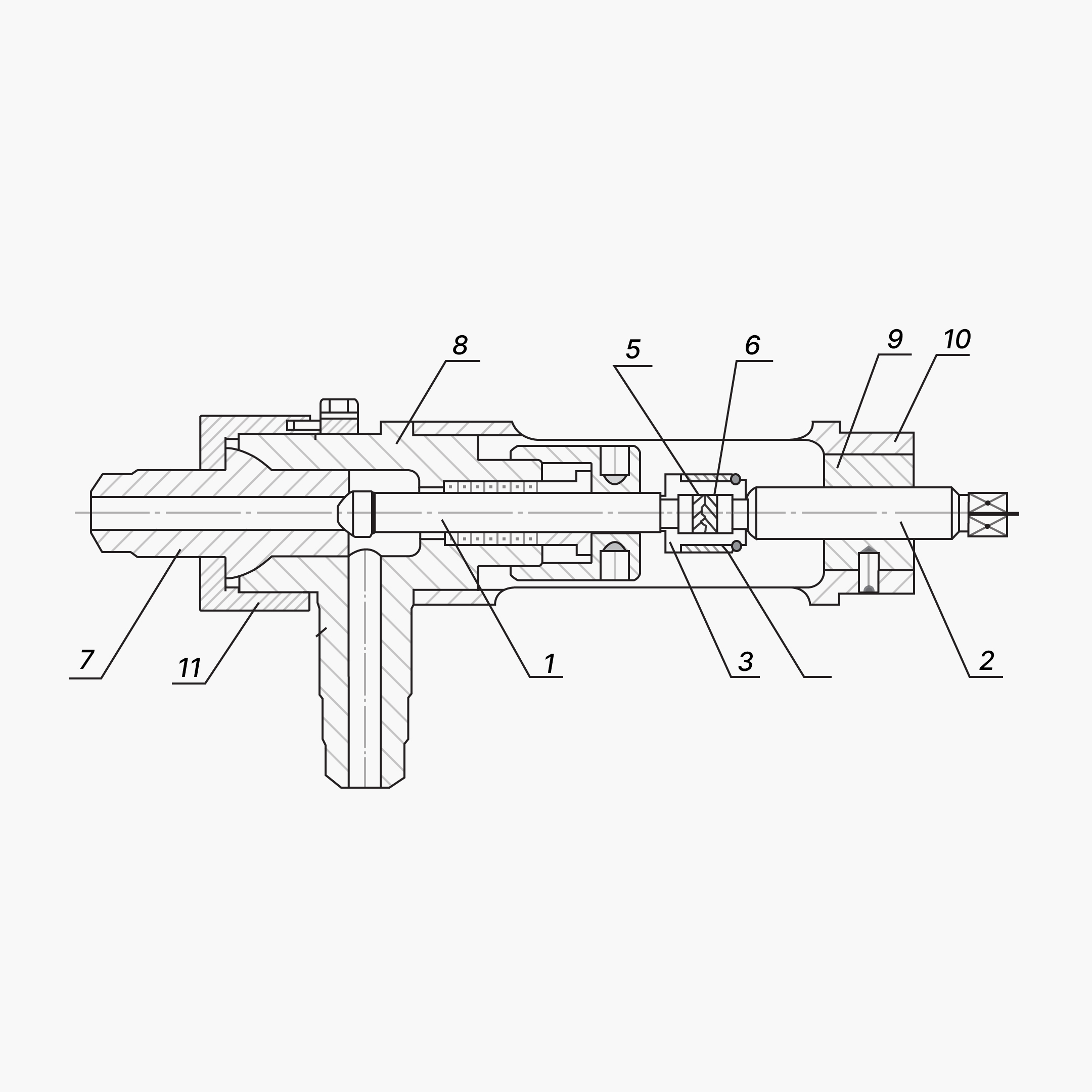
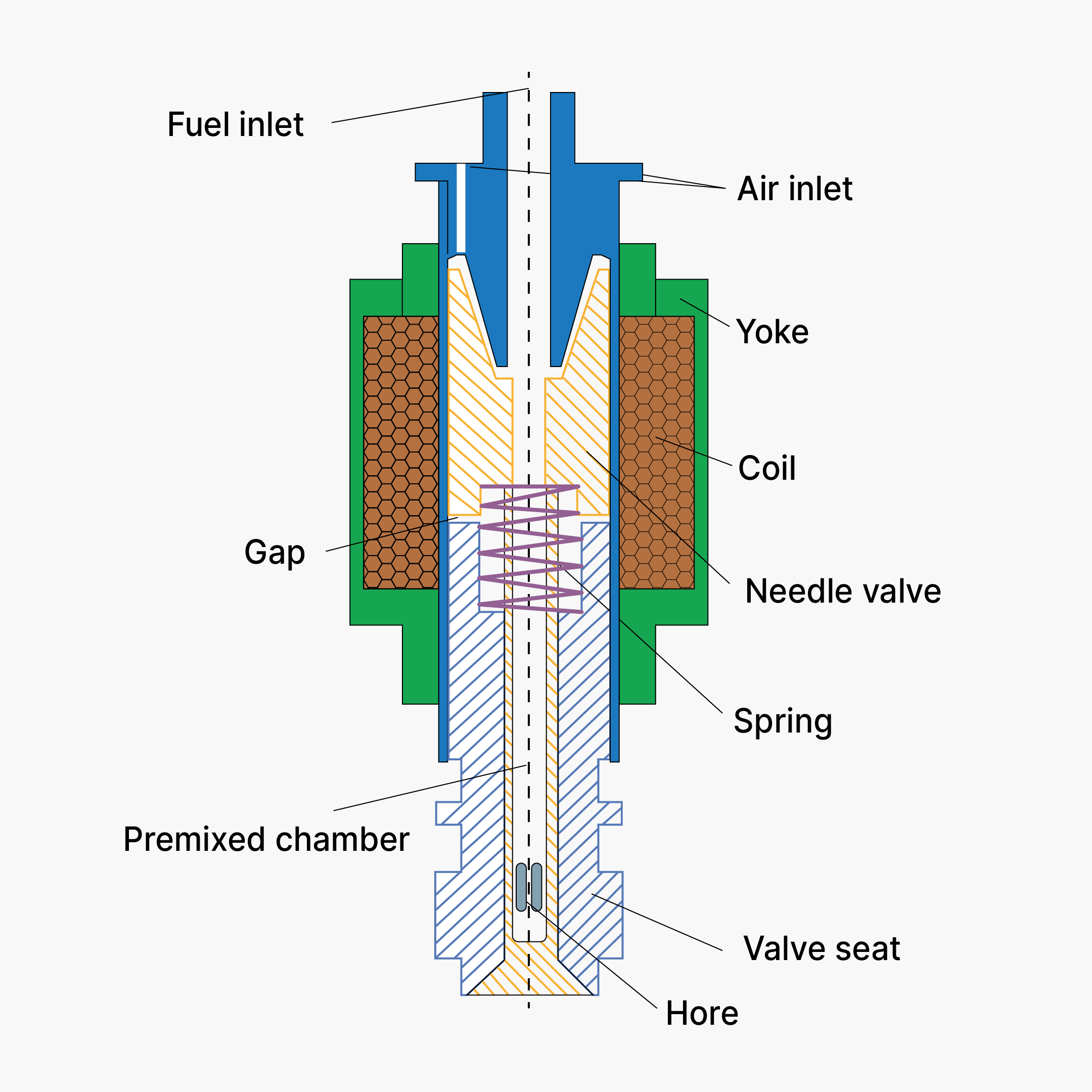
Flow Control is used to
- Maintain a specified ventilation rate to the cabin.
- Provide an adequate supply of fresh air.
- Meet cabin pressure/temperature requirements by providing sufficient ventilation flow
- Keep noise at an acceptable level by limiting flow.t
- Limit engine bleedflow to conserve engine fuel.
- Control airflow for smoke clearance.
Examples of Valves used across aerospace systems are
- Shutoff Valves
- Butterfly valves
- Ball Valves
- Check Valves
- Diaphram Valves
- Needle Valves
- Relief Valves
Flow Sensing can be achieved using a venturi or hot-wire anometers.
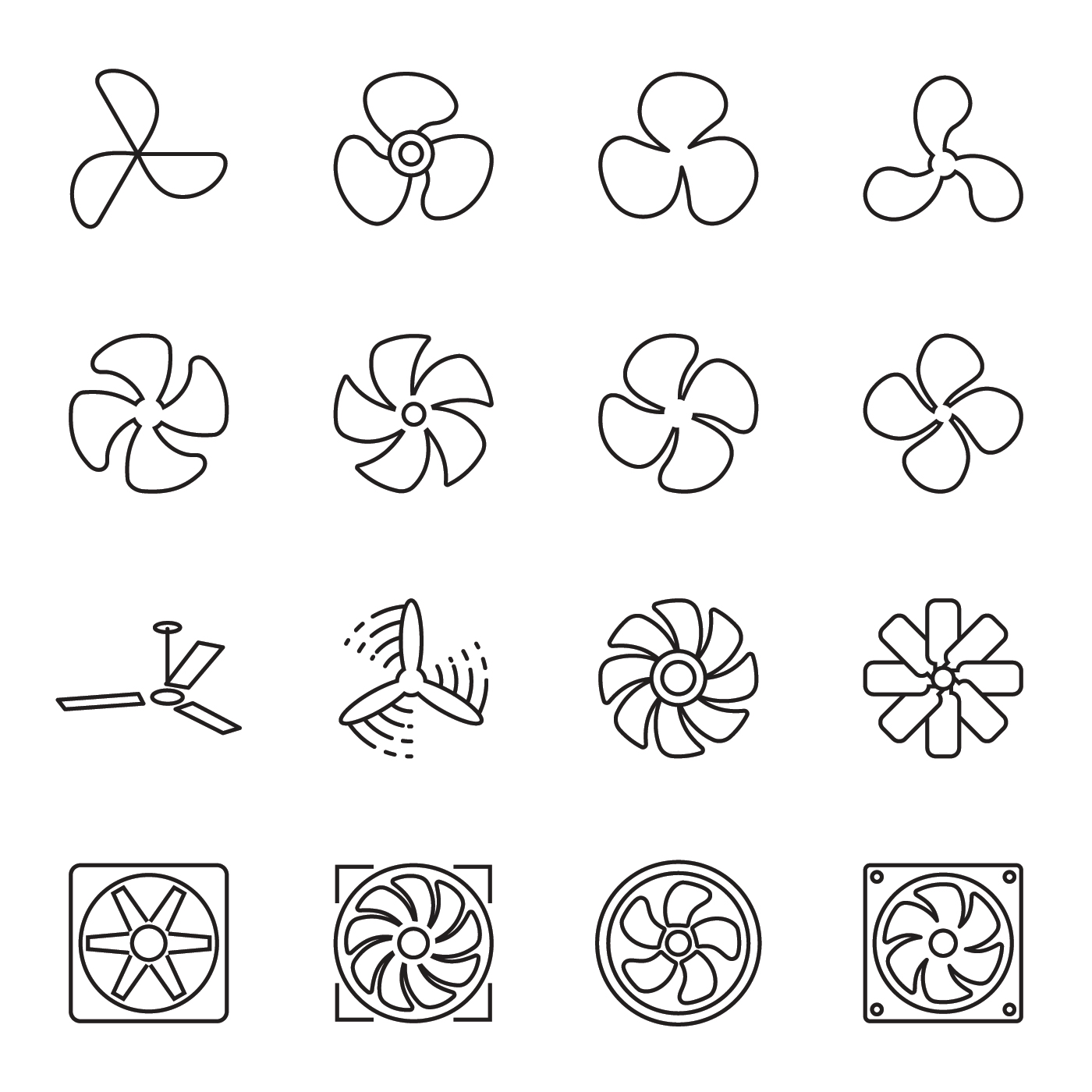
Fans are used in ECS systems to control airflow. There are mainly two types of fans, axial and radial fans. The flowrate through the fans can be modulated by increasing/decreasing rpm. The amount of flow through a fan also depends on the geometry of the blades and the attack angle of the blades.